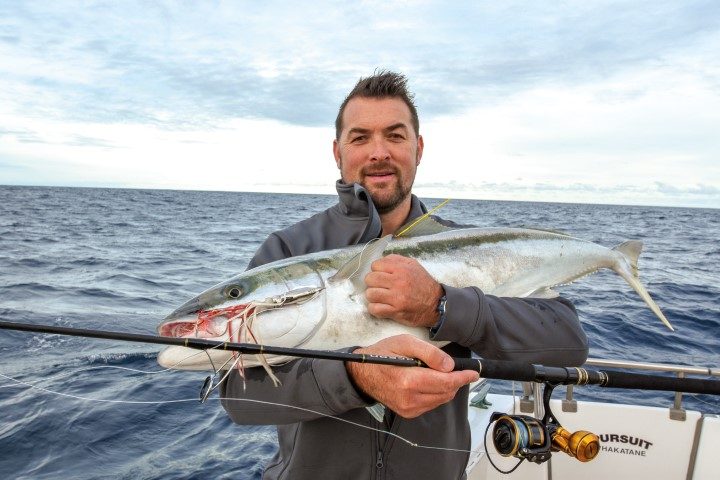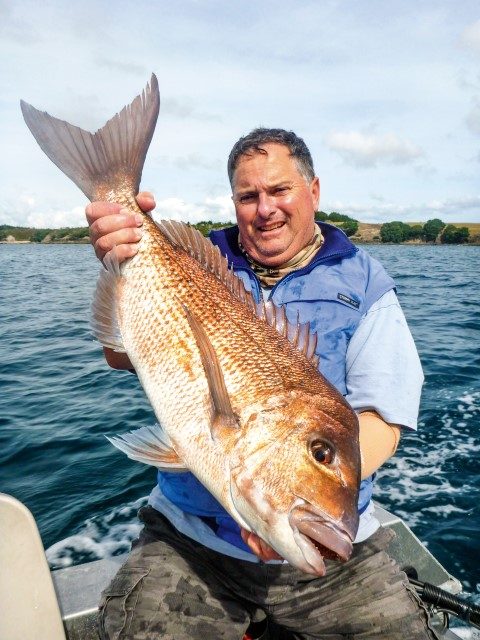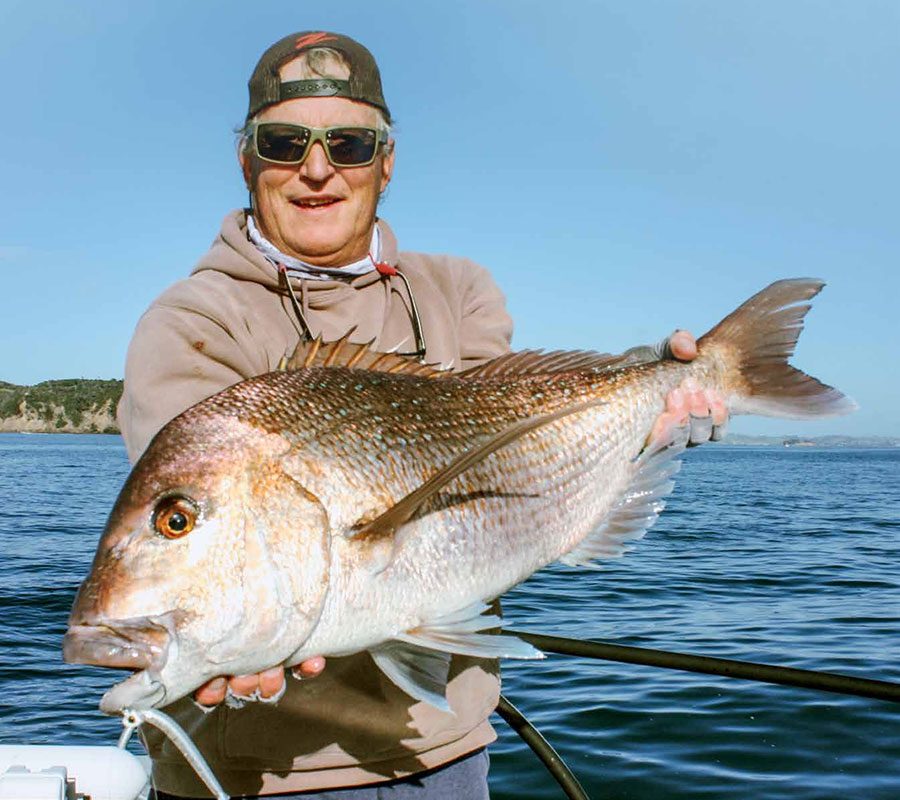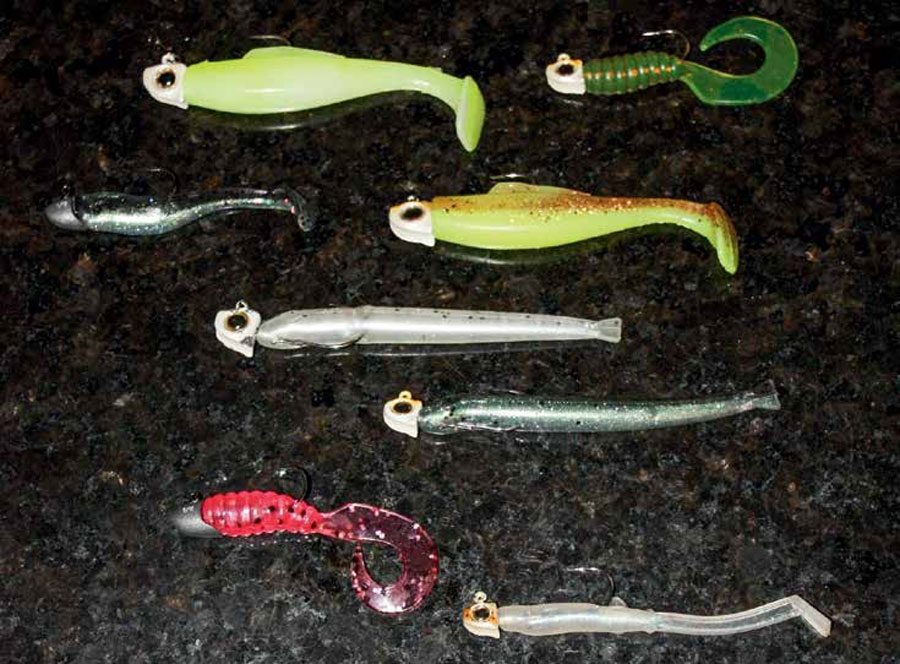

So, while it might be spring-like on land, winter maintains its grip on the ocean for longer: water temperatures remain stubbornly low right through September and well into October. Why is this important? Because water temperature influences the life cycle and behavior of every marine creature.
For anglers, one of the most important of fish behaviours is spawning. Different species spawn at different times, in different places, at various water depths and in quite different ways.
Many marine fishes form large spawning aggregations of hundreds, thousands or even millions of individuals, laying and fertilising masses of eggs in open water so they drift away with the currents. Other fish gather over sea mounts and other submarine structures where their eggs can settle after fertilisation.

Spawning aggregations bring large numbers of fish together in relatively confined areas, which makes them easier to catch, something fishers have always exploited.
Some of the world’s best-known commercial fisheries are built around catching spawning fish. These include the North Atlantic herring fishery, the bluefin tuna fishery of the Mediterranean, New Zealand’s offshore orange roughy and hoki fisheries, and to a lesser extent, inshore fisheries for snapper, kahawai, trevally, mackerel, pilchard and others.
So, while fish that gather in large numbers in known areas at predictable times can be a boon to fishers, their spawning behaviour places them at great risk of over-harvesting, which can result in a fishery collapsing.
Well documented fishery collapses include Peru’s anchoveta fishery, the North Atlantic Grand Banks cod fishery, the North Sea’s cod and herring fisheries and many, many others. New Zealand is not immune to these events: think orange roughy, mullet in the Hauraki Gulf and snapper in Golden Bay, to name just three.
Most fishery collapses result from long-term overfishing of spawning stocks using industrial-scale fishing methods, but recreational fishing can have a serious effect too if it’s concentrated enough.
Spawning fish are important for recreational as well as commercial fishers. Rec fishers exploit many spawning fish stocks, either directly by fishing for them during the breeding season, or indirectly by chasing predatory species that feed on schools of spawning bait fish.
Let’s take New Zealand’s most popular recreational fish species, snapper, as an example. In spring and early summer snapper gather in large schools that may mill around for days or weeks while waiting for optimum spawning conditions. These fish are in prime condition and usually bite readily enough. Finding such schools can be like hitting the fishing jackpot.
Spawning affects the distribution and feeding habits of most of our popular fish species. Immediately before spawning begins is when fish are in peak condition, but most marine species either reduce feeding effort while spawning or go on intense feeding sprees between spawning episodes.
For snapper, spawning is energy-sapping work that causes them to lose condition/body weight and once spawning begins in earnest, they tend to become distracted. Spawning aggregations may be easy enough to find, but the snapper in them may be too busy with each other to notice baits or lures.

Fortunately, snapper spawn repeatedly and individual fish take time out to re-charge their batteries, feeding hard for a few hours, days or even weeks before returning to the fray. Those fish are easy to catch, though their body condition can range from very good to very poor, depending on what stage of the spawning process they have reached.
Snapper are serial spawners, meaning they breed many times in a season if environmental conditions are right. Fish with ripe milt or eggs can be taken from October-November through until late summer, depending on where you are in New Zealand. The breeding season starts earlier and lasts longer in the north of the country and more juvenile snapper survive in those years when the sea is warm.
Post-spawn fish are hungry and often easy to catch, but their condition tends to be poor: large-headed, skinny fish with little fat. We come across snapper like this right through summer, kingfish in November and December and kahawai in autumn.
On the plus side, such fish are often ravenous, readily taking bait or lures. Post-spawn kingfish can be suicidal, attacking
surface lures and jigs with gusto, but they are generally poor table fare and are better released to grow fat. So too spawned-out autumn kahawai, whose flesh is often watery and quite unpalatable.
Snapper quality during spring/summer is more variable because individual fish can be at different stages in the spawning cycle, from finished and already packing on condition, to not yet started and still in top nick. Of course, there are plenty of fish part-way through or just finished spawning whose condition and table appeal will be poor.

In the Hauraki Gulf, commercial snapper fishing takes a back seat to recreational fishing in terms of the numbers of fish caught. Inside the trawl line there’s very little commercial fishing for snapper, but this is offset by increasing pressure from recreational fishers. Rec fishing boats tend to be bigger, faster and better equipped with electronics than they used to be, allowing anglers to target fish anywhere in the Gulf.
From late October through until December, there is considerable recreational effort expended on catching spawning
snapper around northern New Zealand. Recreational fishing pressure undoubtedly affects snapper stock levels, especially stocks of the more mobile, ‘schoolie’ fish that are a feature of the Hauraki Gulf.
Bright silver-gold schoolies tend to make up the bulk of fish in the Gulf’s larger spawning aggregations in the middle of the Gulf; smaller spawning aggregations made up largely of ‘resident’ fish can be found closer inshore.
We need to exercise restraint in our catches if we don’t want to kill the golden goose. It’s all too easy to get caught up in the excitement when fish are present in large numbers and biting readily.
And it’s not just about snapper. The spawning cycle can also determine the availability to recreational anglers of other fish species. For instance, some species migrate away from shore or into deep water to reproduce, making them unavailable to recreational fishers for as long as it takes for them to do their business.
Kingfish are a good example, all but disappearing from inshore areas for a few weeks in spring as water temperatures approach 17 degrees. Hungry post-spawn kingfish return in early summer.
A few years ago, I had the embarrassing experience of filming a TV segment about catching urban parore, an undervalued and fun fish readily available to shore-based anglers all around northern New Zealand. What I hadn’t taken into account was that parore leave our harbours and estuaries to spawn in early summer. This was news to me at the time, but the upshot was that none of my usual parore honey-holes produced a single fish. The shoot was a total bust!
So, for recreational fishers, understanding the spawn cycle of different fish species can be very important, ‘cos there’s no point chasing fish that have left town!




